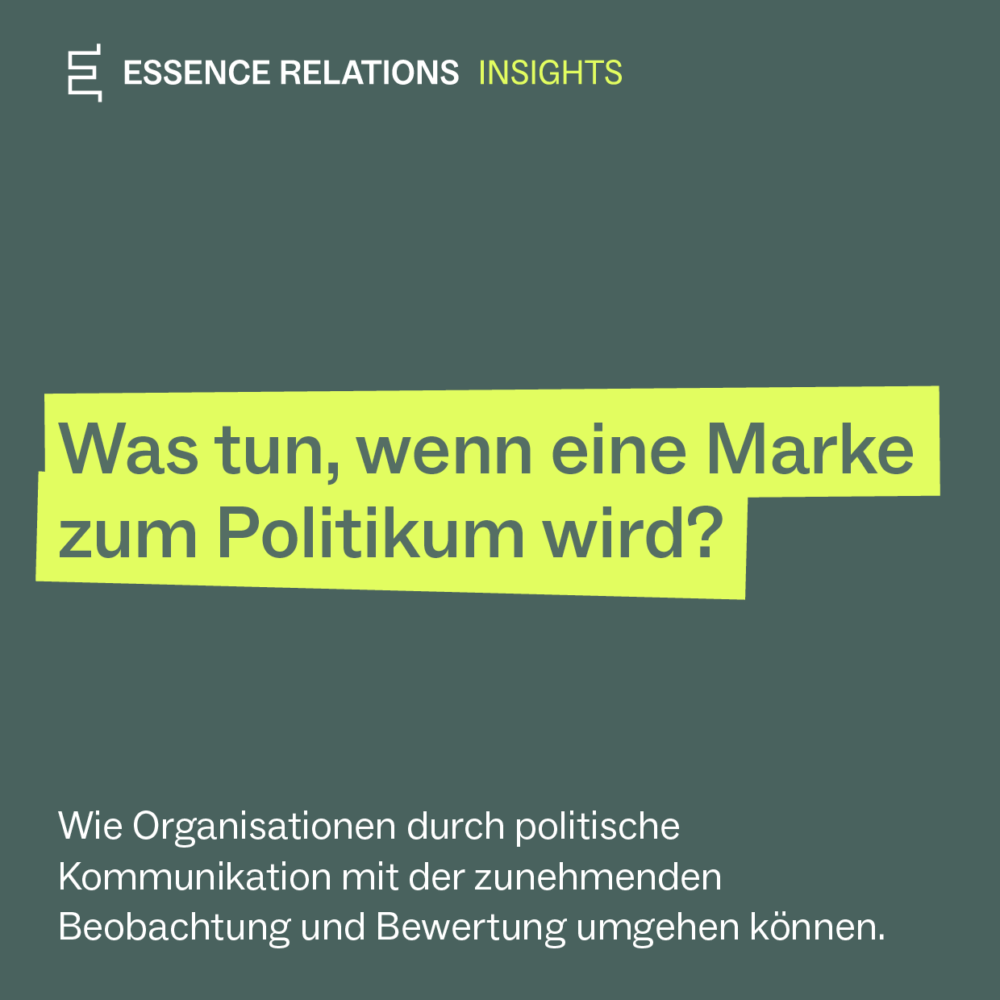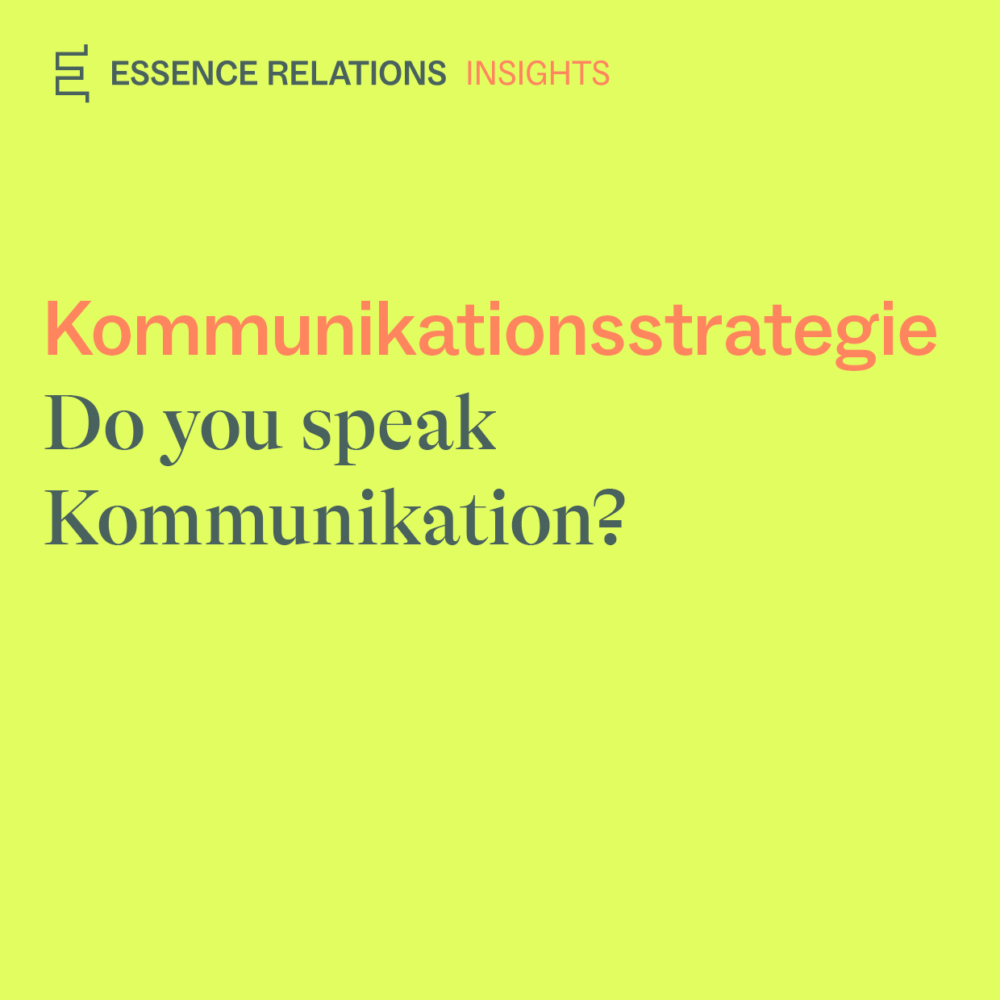No Identity, No Success: Why Start-ups Should Think About Their Brand Early On

Start-ups struggle for visibility, trust, and differentiation. But those who focus solely on their product will lose. Without a clear brand identity, even the most innovative ideas remain invisible. So how can a brand be built with limited resources—one that not only stands out but also lasts?
Brand as a Strategy: Why Visibility is No Coincidence
Brands don’t emerge by chance – they are the result of a consistent strategy, a clear self-concept, and an understanding of their impact on the outside world. Start-ups, in particular, need a strong profile that ensures recognition, builds trust, and creates an emotional connection with their audience. Overlooking this makes a brand interchangeable. Three key pillars are essential.
1. Sharpening Identity: Who Are We – and Why?
A brand is not just what a company says; it’s what customers perceive. The first step in brand building is gaining clarity about one’s own identity:
- Maintaining authenticity: Start-ups often have the advantage of being approachable and agile – this strength should be strategically leveraged.
- Defining the brand core: What values, vision, and emotions should be associated with the brand?
- Consistent appearance: Logo, colors, typography, and tone must convey a unified image.

2. Understanding the Target Audience: Who Benefits from Our Brand?
Branding is not an end in itself – it must be relevant. Without a deep understanding of the target audience, even the best brand identity remains ineffective:
- Positioning through differentiation: Those who are clearly recognizable are not confused with competitors.Markenbildung ist kein Selbstzweck – sie muss relevant sein. Ohne ein tiefes Verständnis für die Zielgruppe bleibt der beste Markenauftritt wirkungslos:
- Clarifying the USP: What makes the offering unique? What needs does it fulfill?
- Creating an emotional connection: Strong brands help customers feel confident in their decisions.
3. Living the Brand: How Do We Evolve and Engage?
Brands are not rigid constructs – they must grow and adapt. Continuous development is crucial:
- Staying agile: Branding is not a one-time act but an ongoing process of optimization.
- Maintaining consistency: Inconsistent communication weakens the brand – a well-planned editorial strategy helps.
- Achieving measurable success: What content works? Which channels deliver the best impact?

The Long-Term Value of a Strong Brand
For start-ups, branding is not just a visual decision but a strategic one. A well-thought-out brand builds trust, simplifies customer acquisition, and ensures differentiation. ESSENCE RELATIONS and MINUS2 support young companies in developing an authentic, resilient, and long-term successful brand identity. Because a strong brand is not a luxury but a decisive competitive advantage.
More Insights
Find out what Kaye Zingg has to say about branding in our «On a Journey to the ESSENCE» series, or dive deeper into our ESSENCE RELATIONS INSIGHTS with just one click.
.


